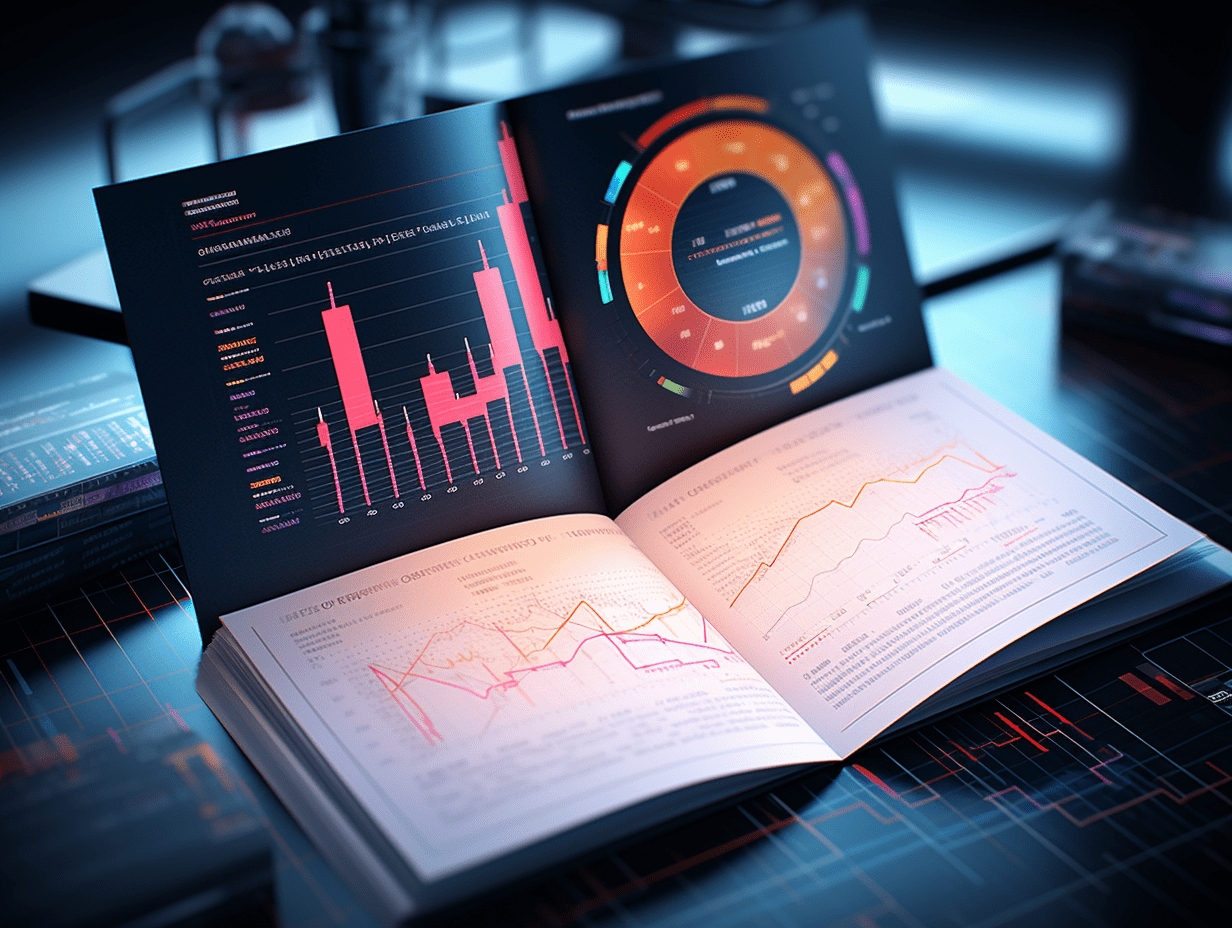Is the new feature of Apple Inc. (AAPL.US) a pie in the sky or a real deal?
Apple (AAPL.US) announced that its revenue for the third quarter of the 2024 fiscal year was 858 billion US dollars.
Apple Inc. (AAPL.US) announced a third-quarter revenue of $85.8 billion for the fiscal year 2024, not only a 5% year-on-year increase but also surpassing the general expectation of $84.4 billion. It is particularly worth noting that this growth occurred in Apple Inc.'s seasonally weakest quarter. Thanks to its operational leverage, AAPL was able to achieve a GAAP earnings per share of $1.4, an 11% year-on-year increase, also surpassing the general expectation of $1.34 (although down by about $0.13 quarter-over-quarter). The better-than-expected performance and no significant negative guidance changes led to a collective adjustment in fourth-quarter earnings:
Apple Inc.'s geographical expansion strategy has indeed proven to be effective, as evidenced by record revenue in over twenty countries, including major markets like Canada, Mexico, Germany, and the UK, as well as growth economies like India, the Philippines, and Thailand. These markets helped offset the decline in sales in the Chinese market (down 7% year-on-year), which was expected due to "economic and competitive pressure." Sales in the Americas (up 7% year-on-year) and Europe (up 8% year-on-year) also grew, showing the company's continued utilization of diverse market opportunities. The company's services division generated a record revenue of approximately $24.2 billion, up 14% year-on-year, further reducing its reliance on hardware cycles, which is good news for investors.
Although its market share has slightly decreased from 16.6% to 15.8% compared to the same period last year, Apple Inc. still leads in global smartphone revenue and profit share. The iPhone generated $39.3 billion in revenue, accounting for 46% of total sales, a slight year-on-year decline of less than 1%. Additionally, Mac sales revenue increased (revenue of $7 billion, up 3% year-on-year) and iPad sales revenue increased by 24% to $7.2 billion, demonstrating Apple Inc.'s strength in the computing sector.
However, the financial data for the third quarter is now in the past. Regardless, as Apple Inc. holds its annual product launch event, this data will soon fade from people's view, with the main focus of the event as always centered on the iPhone.
Although there were no major surprises, this event provided important details about the launch of Apple Intelligence, iPhone pricing, and new Visual Intelligence features. In a recent research report, Morgan Stanley analysts pointed out that Apple Inc. plans to introduce Apple Intelligence to around 40% of the iPhone installed base by the end of this year, increasing to over 70% by next year, in line with initial market expectations and indicating a slightly accelerated rollout. They added that the "70% installed base" might drive upgrades faster than expected, as consumers may choose to use their devices "future-facing" to embrace these new features.
iOS 18 promises to make the iPhone more personalized and intelligent, which could drive future sales - at least on the surface, this appears to be true. The Apple Intelligence tool kit should focus on four use cases:
Expression (new writing tools, emojis);
Recalling memories (enhanced photo capture and editing features);
Prioritization and focus (email/notification summaries);
Command/control (updated Siri, better natural language processing, new settings and feature knowledge, new personal environments).
In a survey conducted by AlphaWise Survey in the US (a proprietary source owned by Morgan Stanley), about 60% of iPhone users planning to upgrade in the next 12 months indicate that Apple Intelligence is crucial to their decision. Analysts concluded that this "underscores the importance of Apple Intelligence for iPhone 16 upgrades," but those planning to upgrade their iPhone would do so anyway, with or without Apple Intelligence features.
Now, what truly matters for the market's further reaction to the iPhone 16 is early pre-order data and the subsequent launch of Apple Intelligence.
In their August report, Argus Research analysts noted that while the company may currently lag behind peers like Alphabet Inc. Class C, Microsoft Corporation, and Meta in AI development, its focus on privacy and device processing capabilities could be a significant differentiator in the long run. From a technological innovation perspective, analysts have some concerns about the new features of Apple Intelligence, fearing a long-term decline in mobile carrier upgrade rates that has been observed for several years.
These data indicate that people are keeping their devices for longer: whether for economic reasons, satisfaction with current technology, or a lack of compelling new features in the latest models, this trend is not healthy for Apple Inc. The seasonal sales data for Apple Inc. is expected to improve soon, but whether Apple Intelligence is enough to be a compelling reason for consumers to upgrade their devices remains to be seen. However, results will soon be visible.
Now, let's talk about Apple Inc.'s valuation. The company's capital return strategy, including a large-scale stock repurchase authorization of $110 billion and systematic dividend increases (recently increased by 4% to $0.25 per share), is helping create shareholder value and valuation premiums.Price. However, the P/E ratio has been stretched too far.Even though we don't know what Apple Inc.'s price-earnings ratio is, the company has been generating positive cash flow for many years, so it can be valued using a DCF analysis.
Regardless, analysts have added a significant premium to the sales figures for each forecast year, and have kept the forecast EBIT margin above 32% for the years 2026-2028. They have also kept other driving assumptions at default mode, reflecting long-term averages. The results from the operating model are as follows:
Assuming a debt cost of 4% (risk-free rate of 3.5%, so the interest margin is small in this case), and assuming a MRP of 5%, as is typically done when evaluating any company. As a result, the calculated WACC is 9.5%, which is an appropriate discount rate under the current conditions.
Apple Inc. currently has an EV/FCF price-earnings ratio of about 32.45 times, which is over 65% higher than its 10 year average level. It is expected that by the end of fiscal year 2028, this multiple will decrease to at least 30 times, somewhat returning to the mean.
Taking all these factors into consideration, the fair value of Apple Inc. stock has been determined, based on all optimistic assumptions, which limits its intrinsic growth potential.
The recent release of Apple Intelligence has sparked great interest among investors and users, but it is currently unclear how this will affect upgrades and expected sales data. It will be necessary to wait for pre-order data (delivery times) to determine to what extent this will change the game for Apple Inc. However, the stagnant post-payment upgrade rate trend looks somewhat ominous.
The DCF valuation model indicates that even with a meaningful premium added to Apple Inc.'s consistent revenue figures and profit margins, the stock can at most receive a fair valuation.
Related Articles

Berkshire Hathaway (BRK.A.US, BRK.B.US) officially enters the "post-Buffett era", market focuses on Abel's performance after taking over.

Overnight US stocks | On the first trading day of the 26th year, the three major indices rose and fell unevenly. Tesla, Inc. (TSLA.US) fell for seven consecutive days.

Meta (META.US) acquires Accelerated AI race worth re-evaluation AI intelligent body concept outbreak MARKETINGFORCE (02556) closes up 5.83%
Berkshire Hathaway (BRK.A.US, BRK.B.US) officially enters the "post-Buffett era", market focuses on Abel's performance after taking over.

Overnight US stocks | On the first trading day of the 26th year, the three major indices rose and fell unevenly. Tesla, Inc. (TSLA.US) fell for seven consecutive days.

Meta (META.US) acquires Accelerated AI race worth re-evaluation AI intelligent body concept outbreak MARKETINGFORCE (02556) closes up 5.83%






